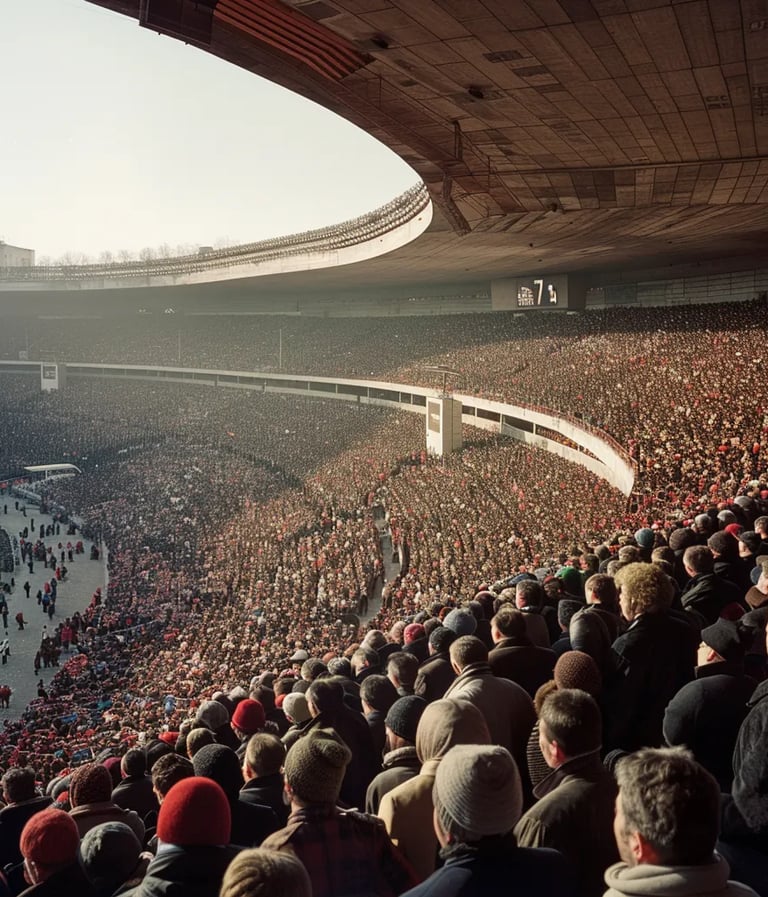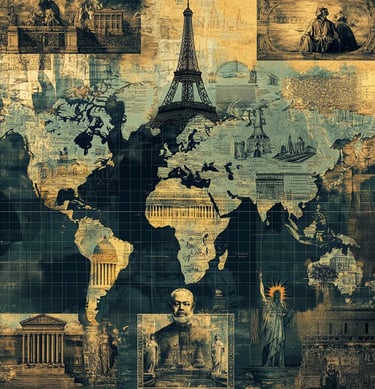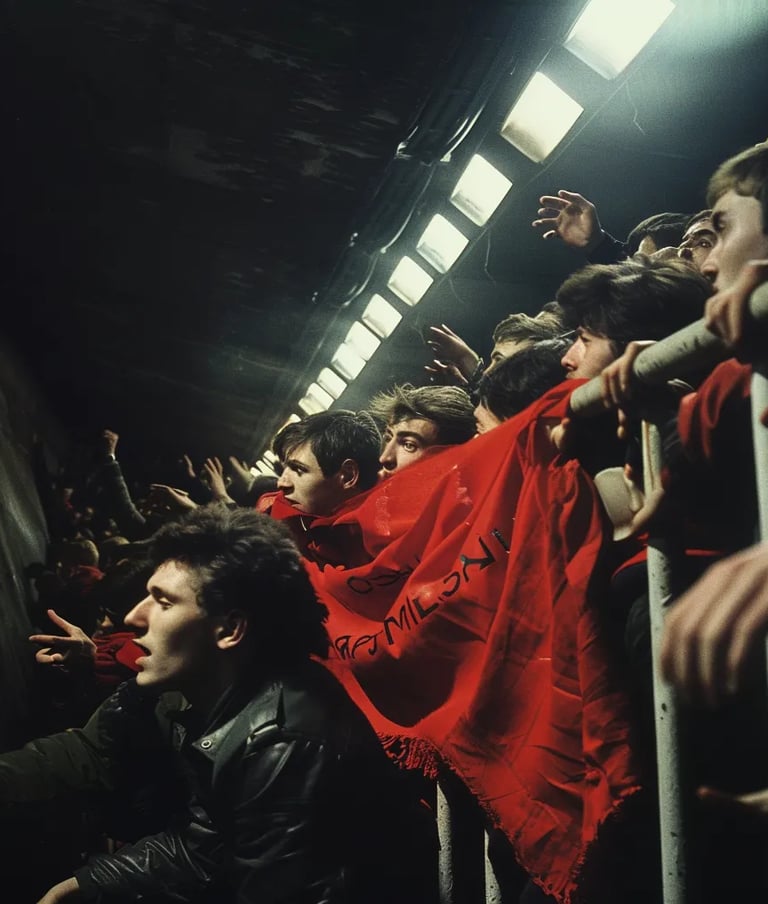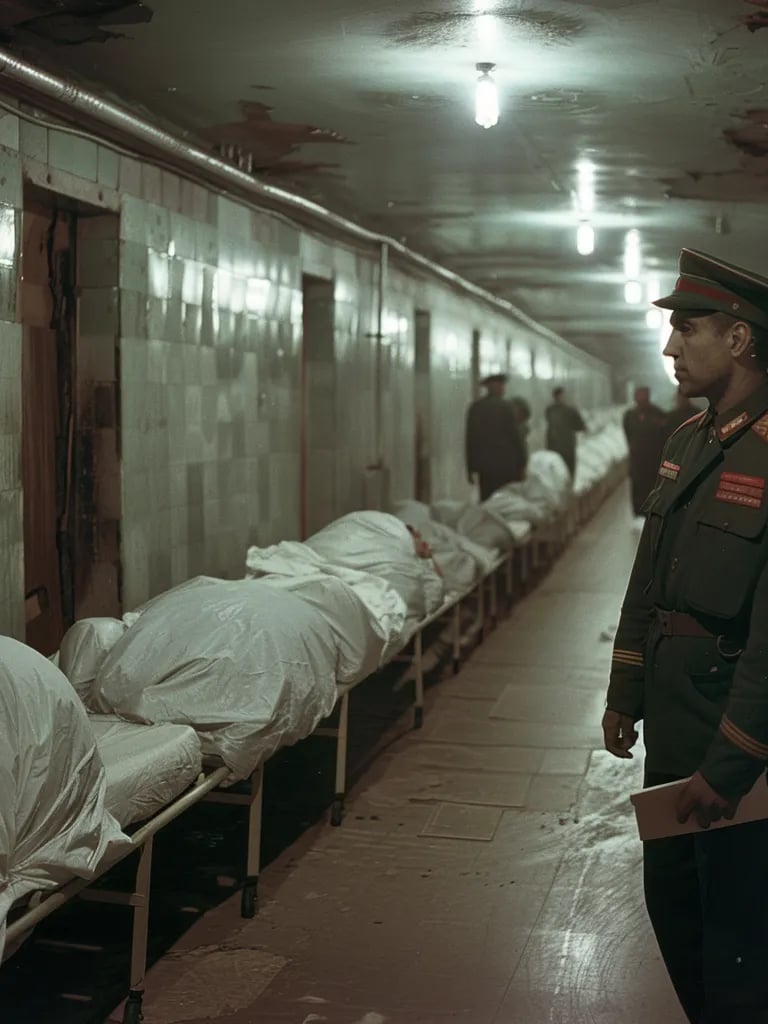On this day, the United States Senate officially ratified the Louisiana Purchase, a monumental land acquisition from France. The deal, negotiated by President Thomas Jefferson, doubled the nation’s size, adding 828,000 square miles of territory. The purchase secured American control over the Mississippi River, expanded westward settlement, and significantly influenced the nation's economic and political landscape in the 19th century.
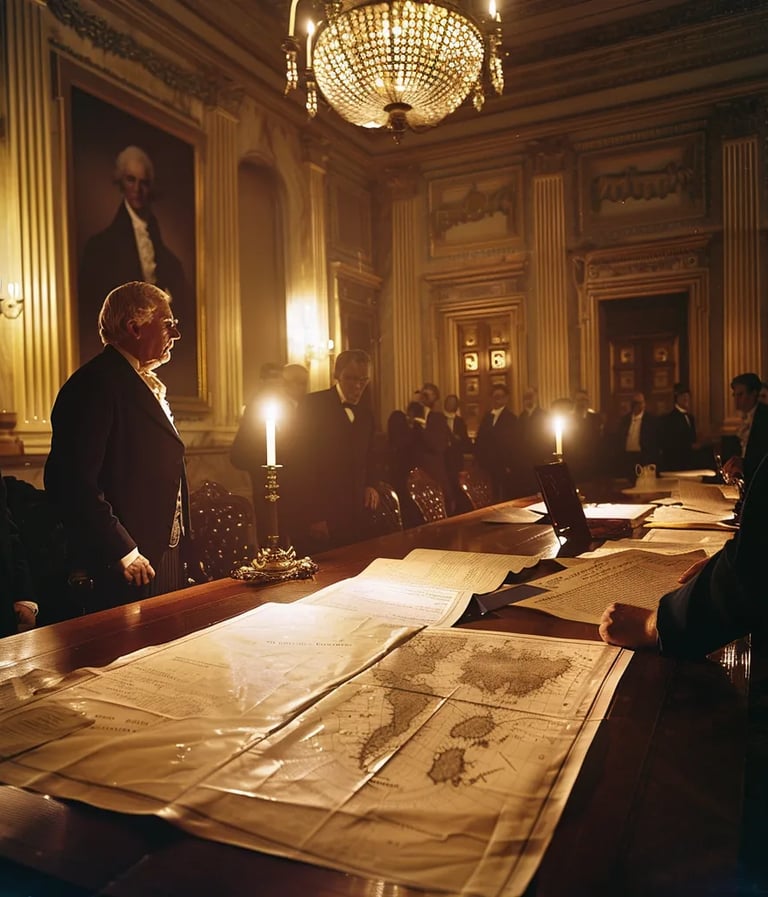

1803 – U.S. Senate Ratifies Louisiana Purchase


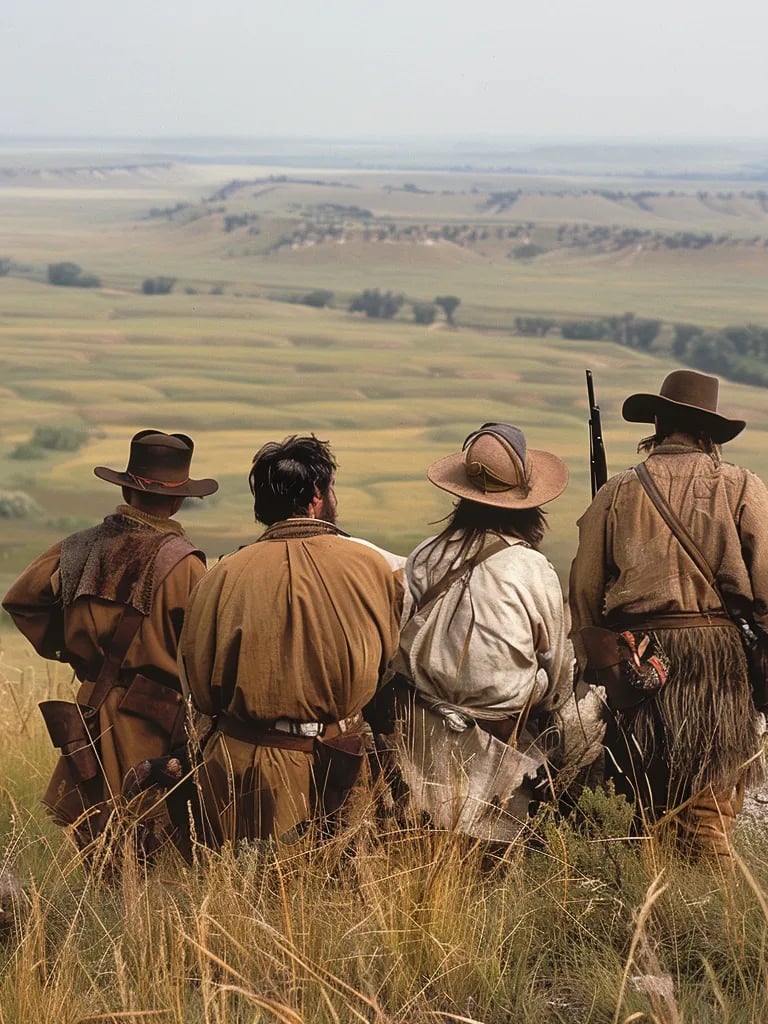

On October 20, 1818, the United States and Britain signed an agreement setting the official boundary between the two nations at the 49th parallel. This treaty resolved long-standing territorial disputes and marked a peaceful diplomatic settlement between the two powers. The border, which stretched from the Lake of the Woods to the Rocky Mountains, later became one of the longest undefended frontiers in the world.
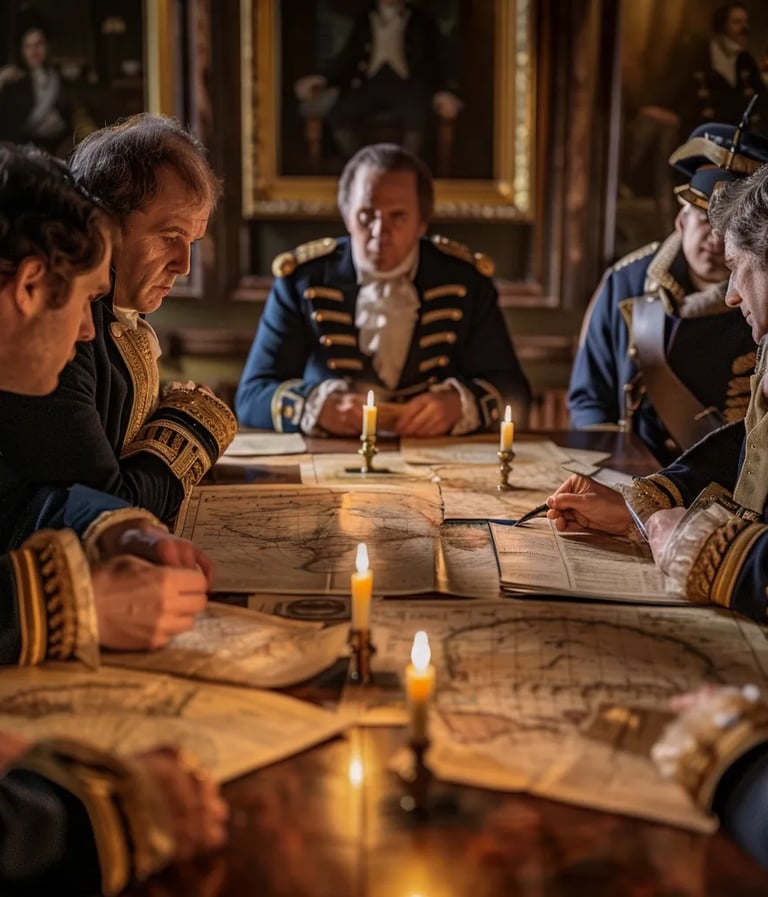

1818 – U.S.-Canada Border Established




The Long March, a grueling year-long retreat of the Chinese Communist Red Army, ended after covering over 4,000 miles. The march began as an escape from Nationalist forces and solidified Mao Zedong’s leadership within the Communist Party. Despite heavy losses, it became a defining moment in Chinese revolutionary history, fostering resilience and unity among Communist forces, ultimately shaping China's political future for decades to come.
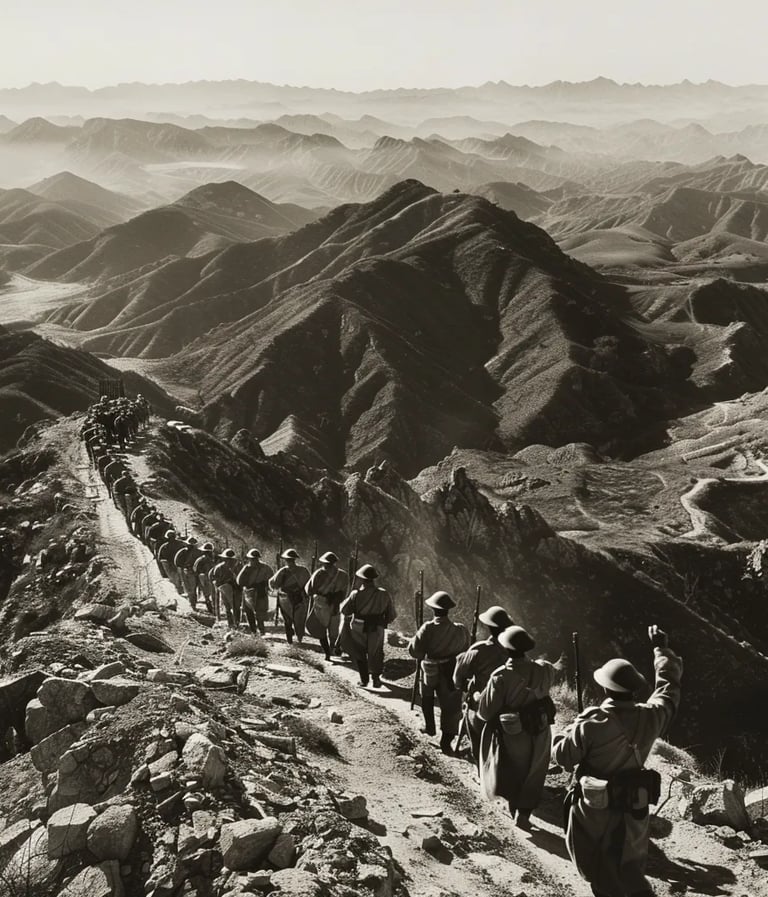

1935 – Long March Ends, China
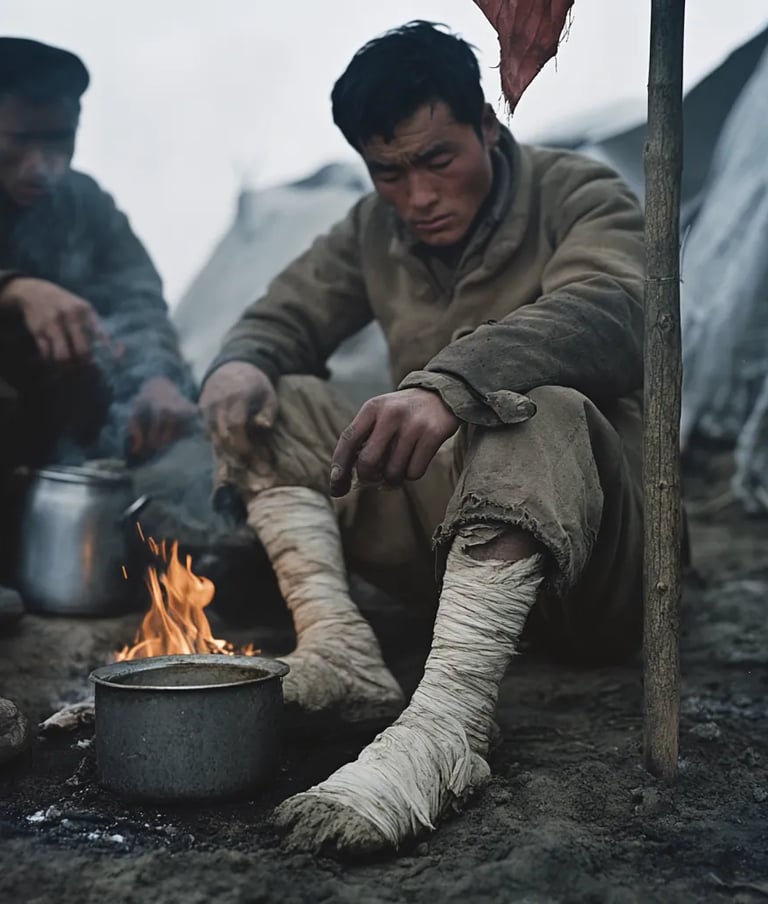

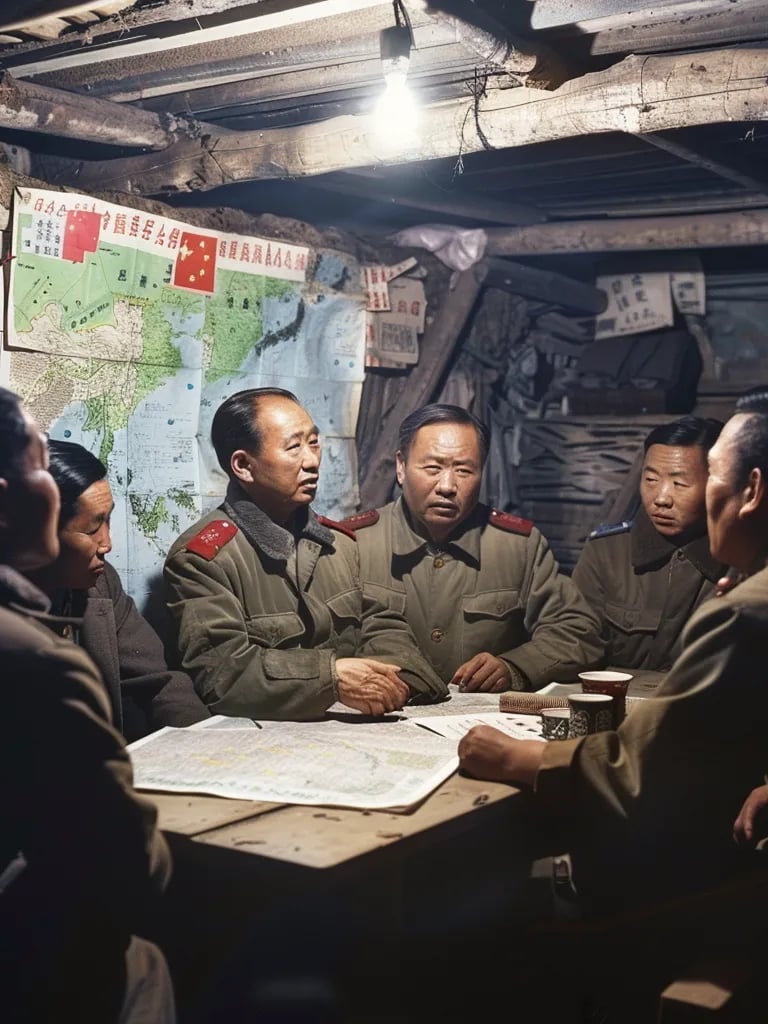

On October 20, 1973, Queen Elizabeth II officially opened the Sydney Opera House, an architectural masterpiece designed by Jørn Utzon. Its unique sail-like structure made it an instant global icon, symbolizing Australia’s cultural identity. The venue quickly became a hub for music, theater, and arts, hosting world-class performances and drawing millions of visitors annually, solidifying its place among the greatest architectural achievements of the 20th century.
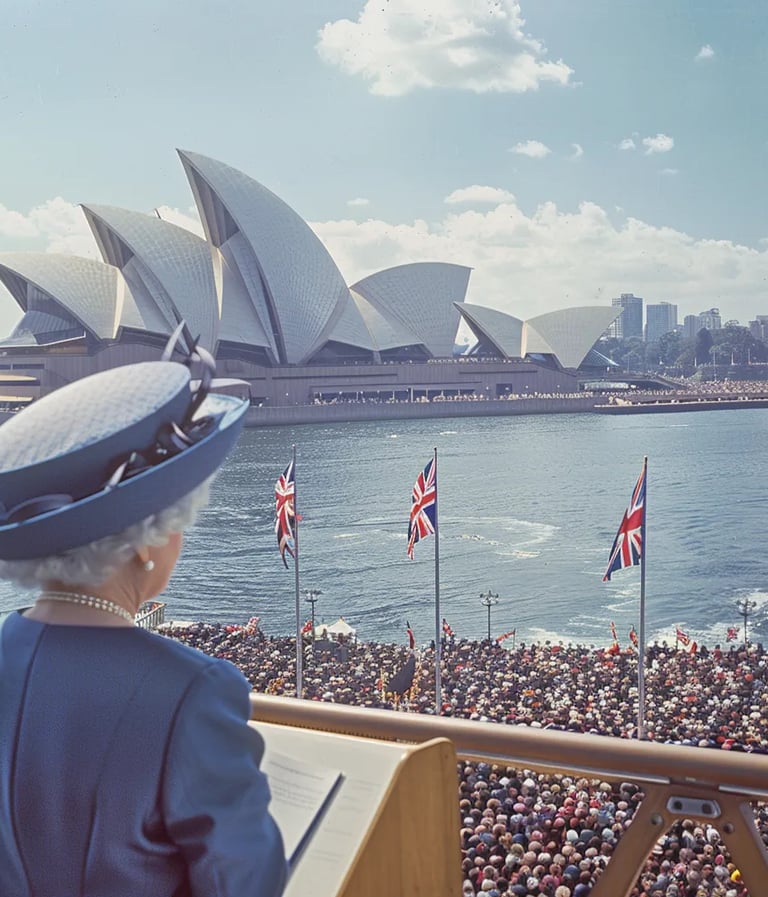

1973 – Sydney Opera House Opens
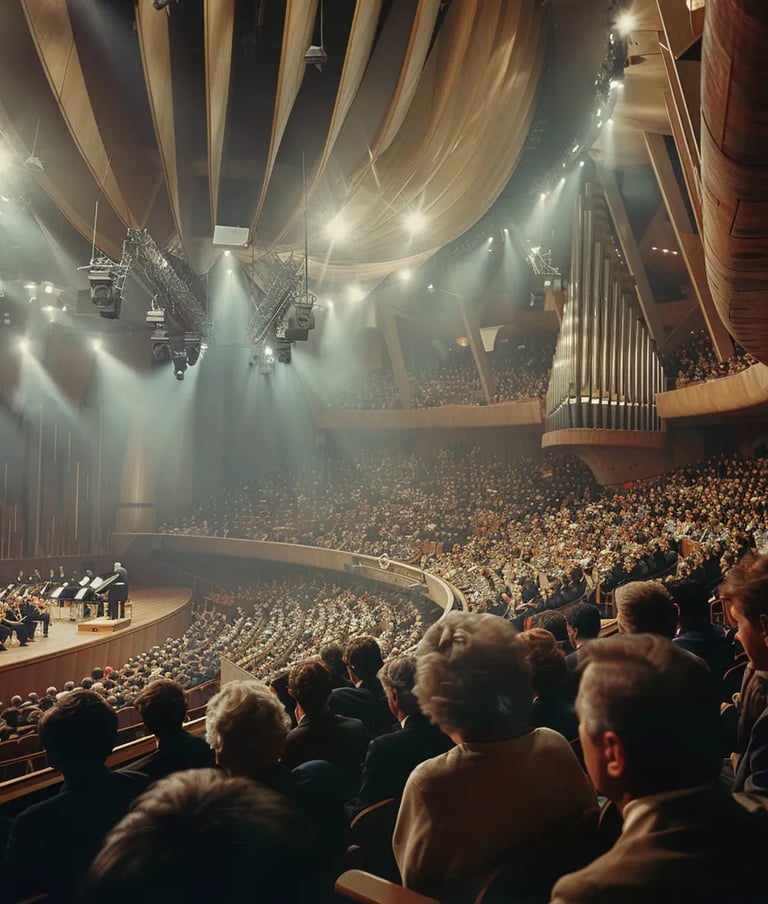

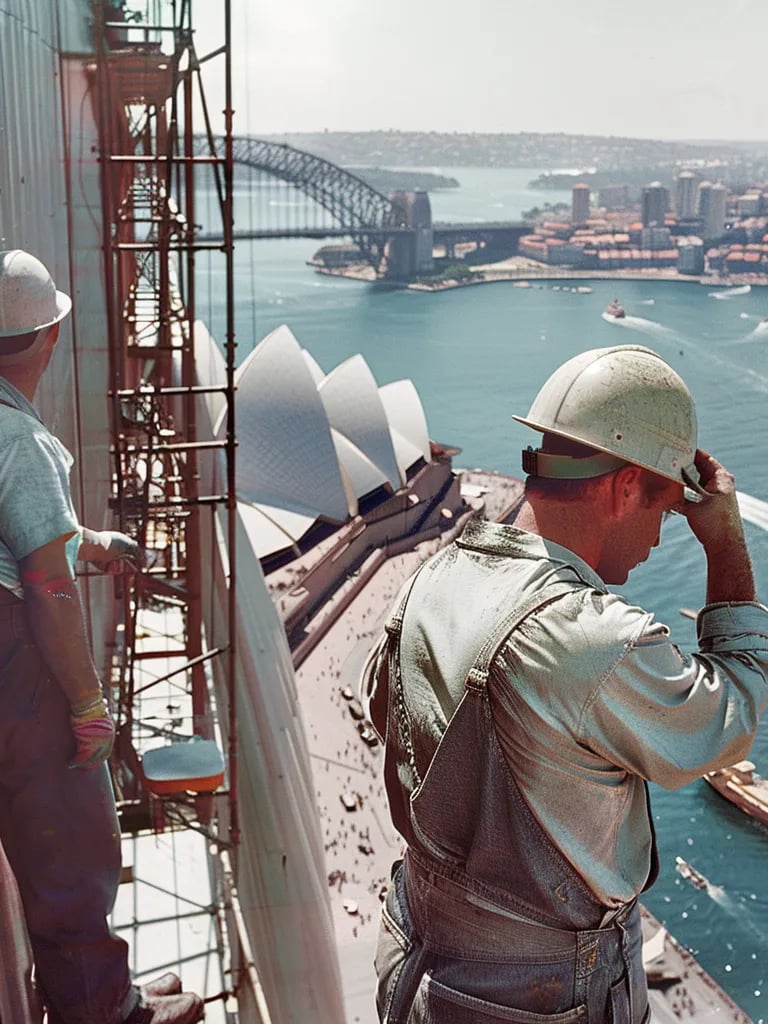

A tragic stampede at Moscow’s Luzhniki Stadium occurred during a UEFA Cup match between Spartak Moscow and Haarlem. As fans exited the stadium, a sudden rush of spectators led to a deadly crush, resulting in the deaths of at least 66 people. The disaster highlighted severe crowd management failures and was one of the worst tragedies in European football history, prompting stricter safety regulations in stadiums.
